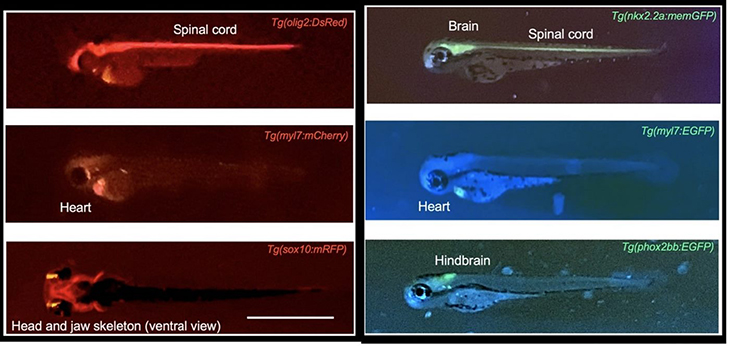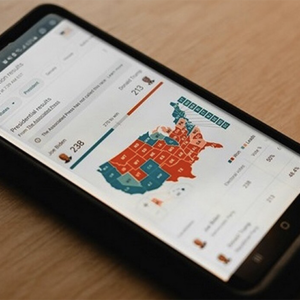
Looking at microscopic life is certainly interesting. Biologists make use of their microscopes so often as they study what happens beyond the naked eye. However, the cost of one good microscope doesn’t also come cheap.
These main laboratory tools are actually quite expensive. However, technology may have found a way to cut cost down and make sure that people get their own microscope. The only thing they need at this point is their smartphone.
What researchers have done now is find ways to help students at school gain access to low-cost materials such as theater lighting filters to turn regular smartphone cameras and turn these into powerful fluorescent microscopes that will help them in their studies.
Word is, the resolution of what they had come up with is is around one-thousandth of a millimeter, but the cost reduction could, in reality, be hundreds of thousands of US dollars, which means a great deal for those who are strapped for cash.
This newest invention is called the “Glowscope” and a team at the biology department at Winona State University, Minnesota, designed the configuration in order to help the students from STEM outreach and education.
In a study that was published in Nature, the Winona team showed how a 10-micrometer resolution could be made with the help of the Glowscope. This tiny addition enabled the students to perform detailed fluorescent microscopy on zebrafish at impressive magnification, and the best part is that they didn’t even use an actual microscope for this.
“The resolution and sensitivity of modern smartphone and tablet cameras surpass the capabilities of many scientific cameras still being used for research applications,” the authors had said.
In testing whether a clip-on macro lens, theater and stage lighting filters, and hunting and fishing flashlights would be able to work when these are combined with a smartphone to do microscopy. When testing, the researchers saw that Glowscopes had enough sensitivity to detect green and red fluorophores quite accurately. These are able to detect changes to heart rate and rhythmicity in the embryonic zebrafish used as samples.
They tested the materials out on mostly new smartphones and tablets, and both came from Apple and Samsung models. They took timelapse viewing photos and these were done at resolutions of 1080p and 120 fps. For this, the team behind it listed the Amazon.com product links for all components needed and the price amounted to anywhere between $30-$50.
Last year, GNN reported on a $2.00 microscope called the ‘Foldscope’ that was made out of paper invented for the same reasons.
Stanford University bioengineer Manu Prakash observed this and saw in his team’s $50,000 microscope a serious contradiction. He also reported the whole thing to being bulky and extremely challenging to transport, especially when the location they needed to bring it to was remote. In order to do this, the team would require training from skilled technicians for them to learn how to use it. More importantly, this needed to have sufficient protection from the weather and other environmental factors.
This was why he invented a portable microscope that cost just $1.75. This was the Foldscope and it had a 140x zoom, which was a small enough field that allowed the observer to see a malaria parasite found inside a cell.
What are your thoughts? Please comment below and share this news!
True Activist / Report a typo


